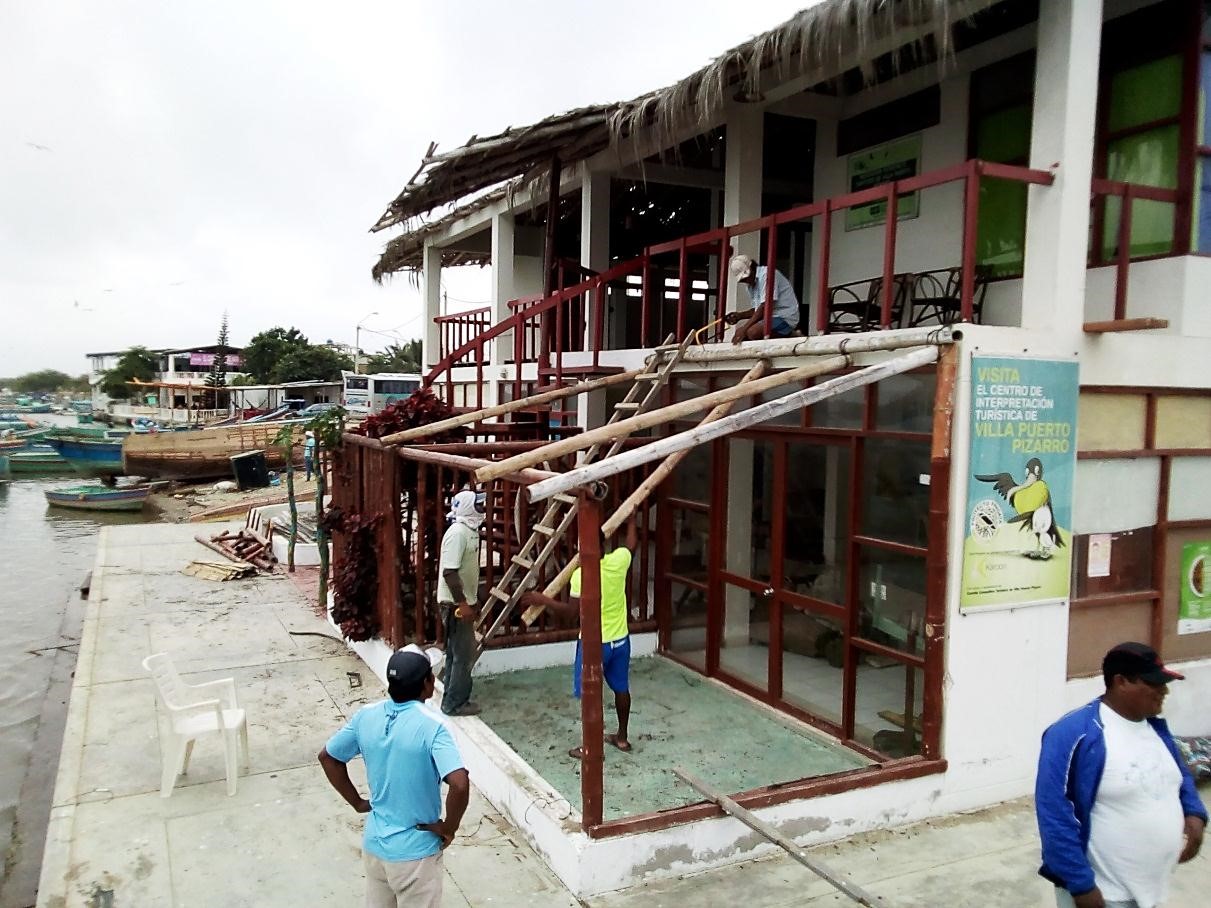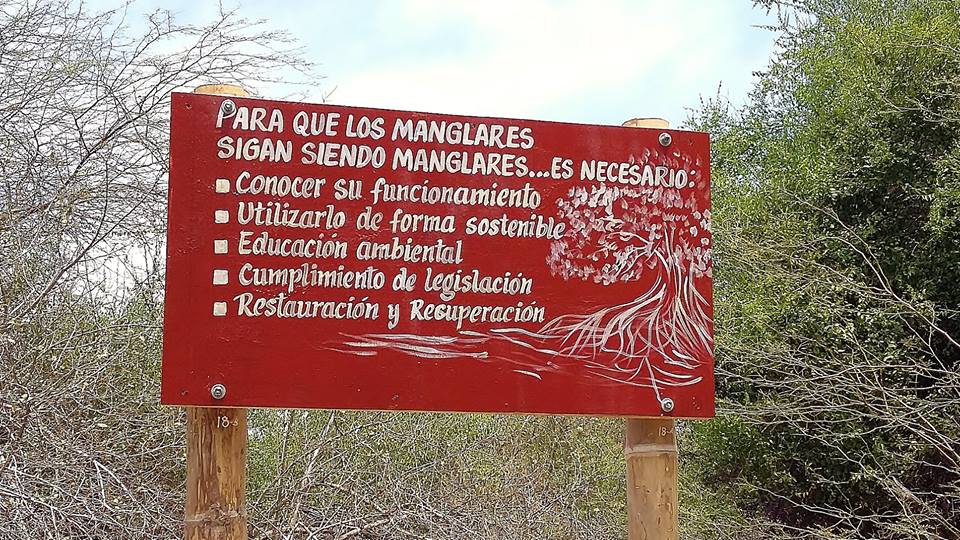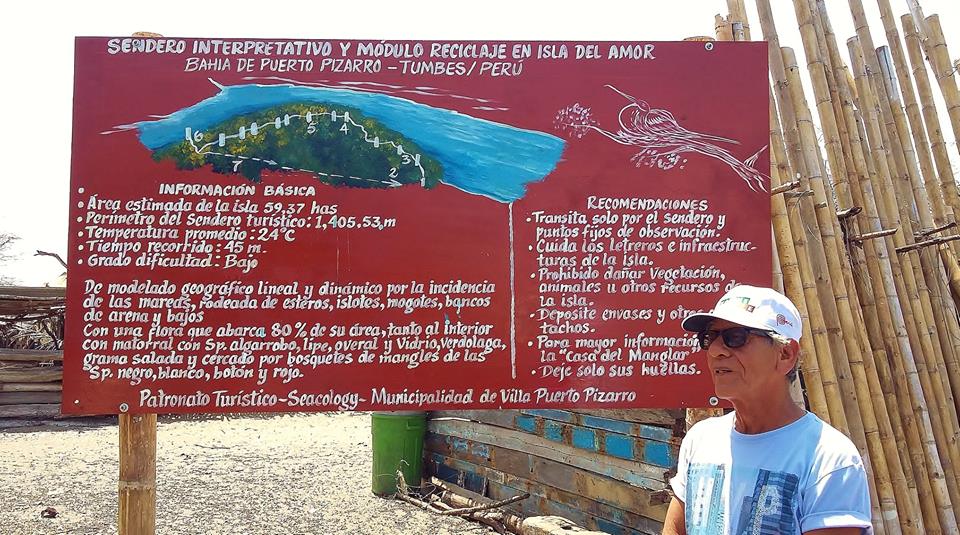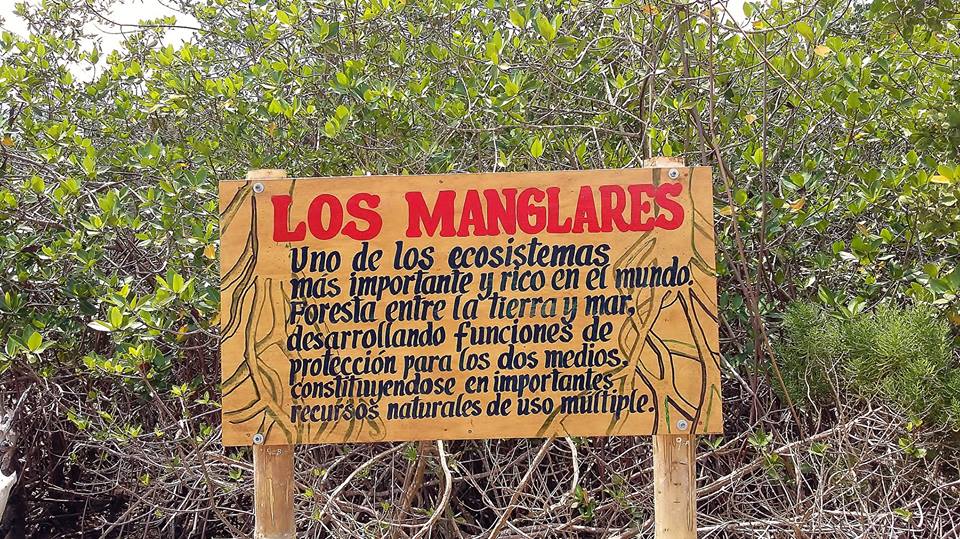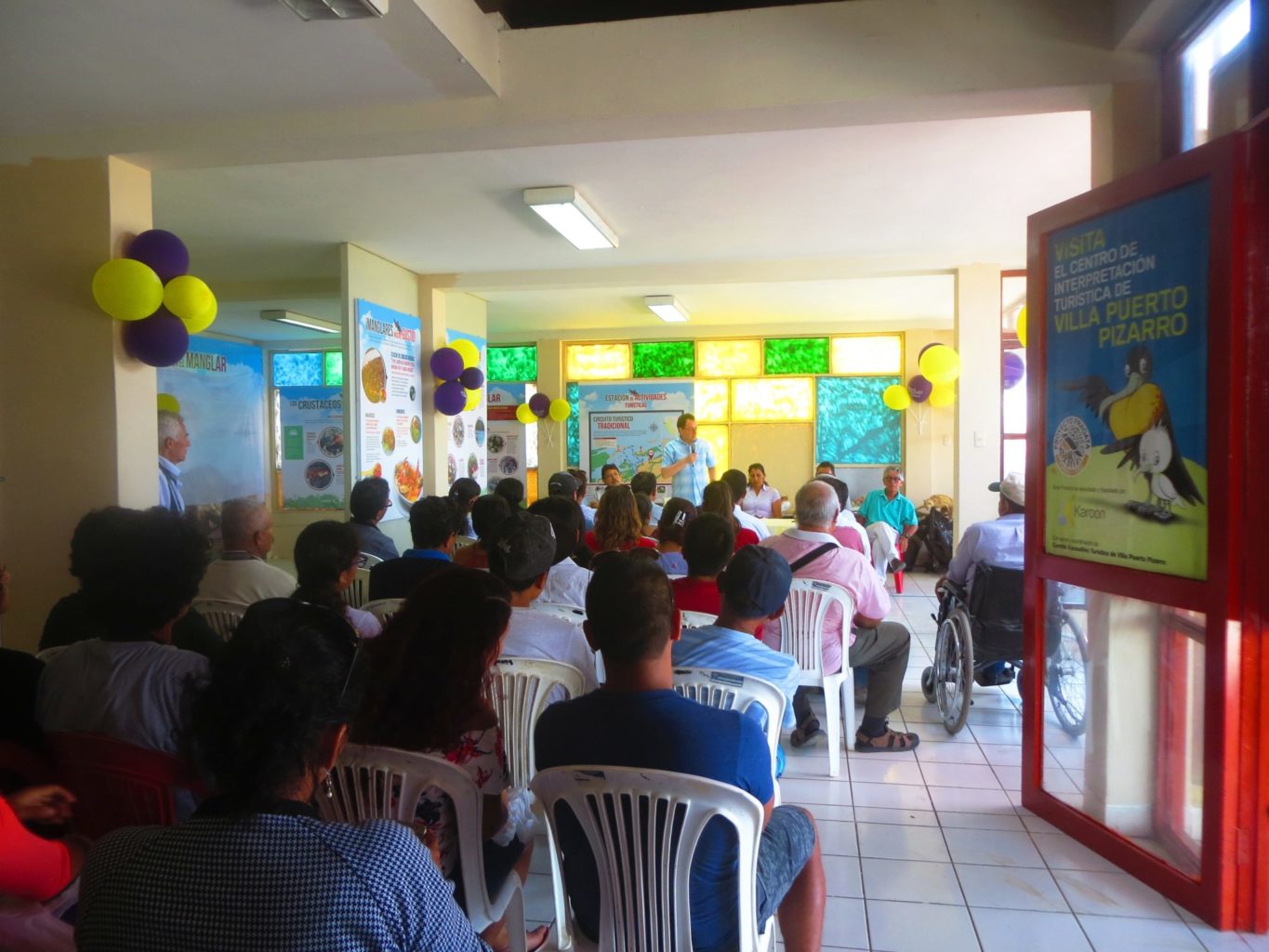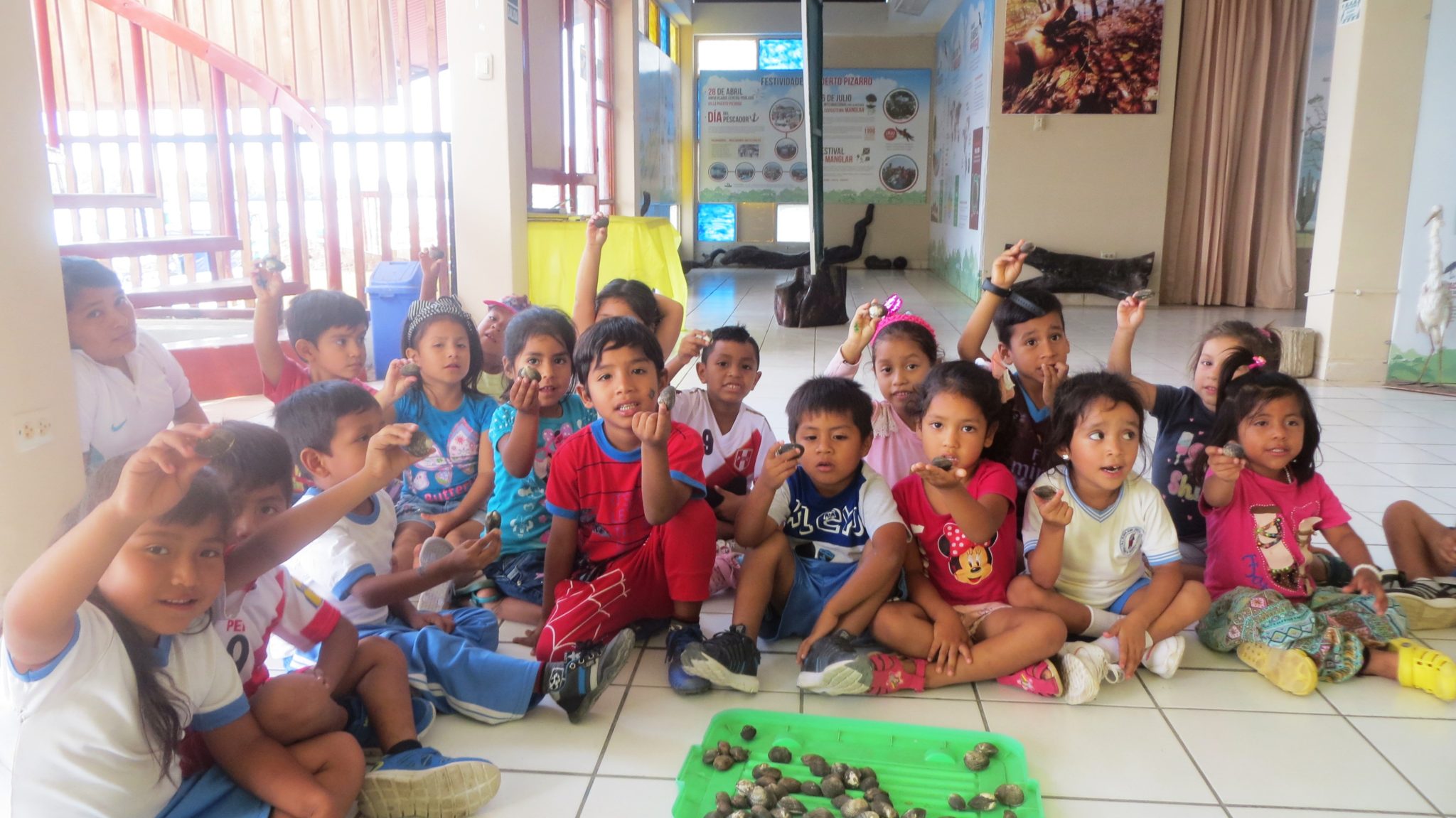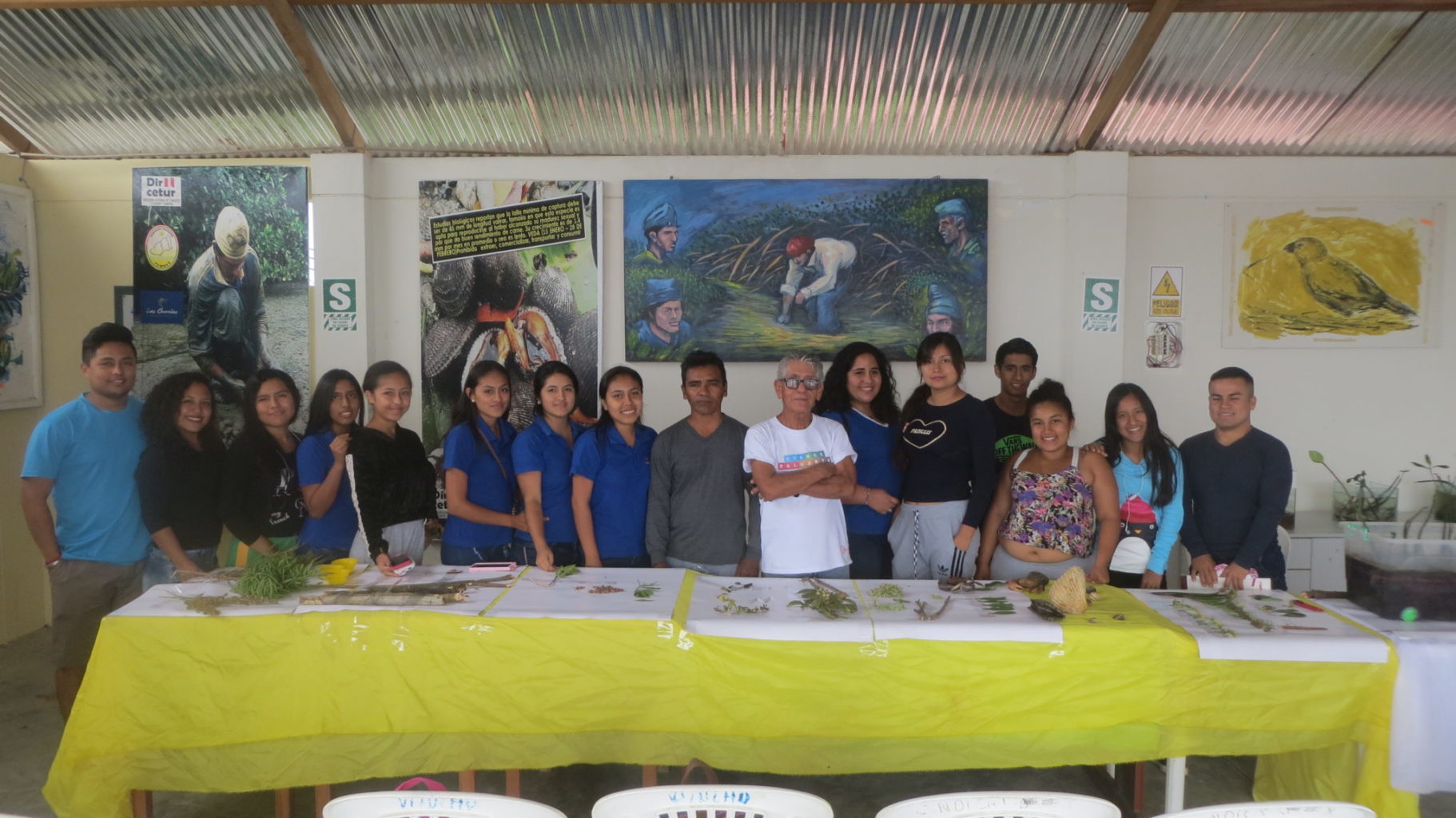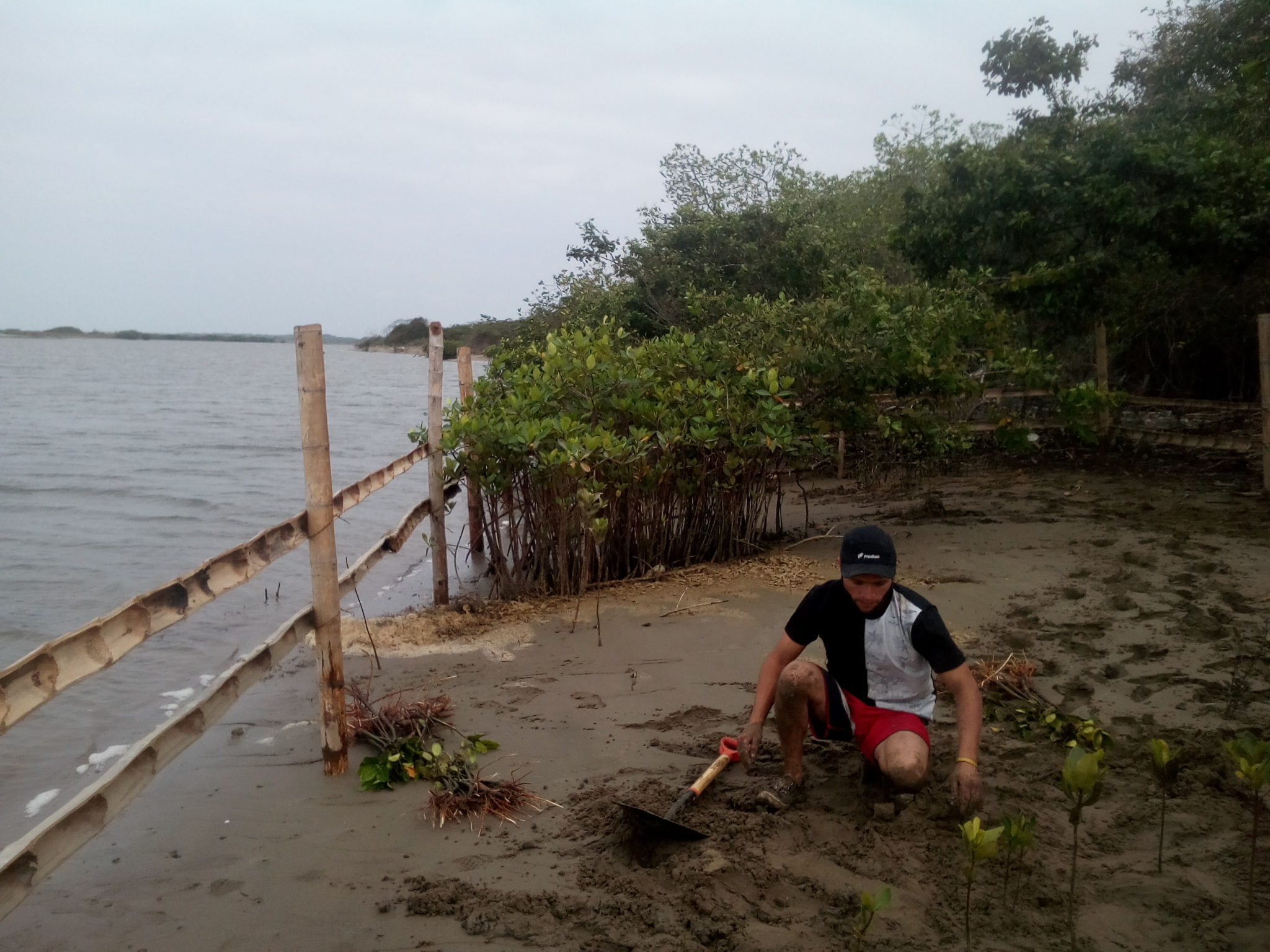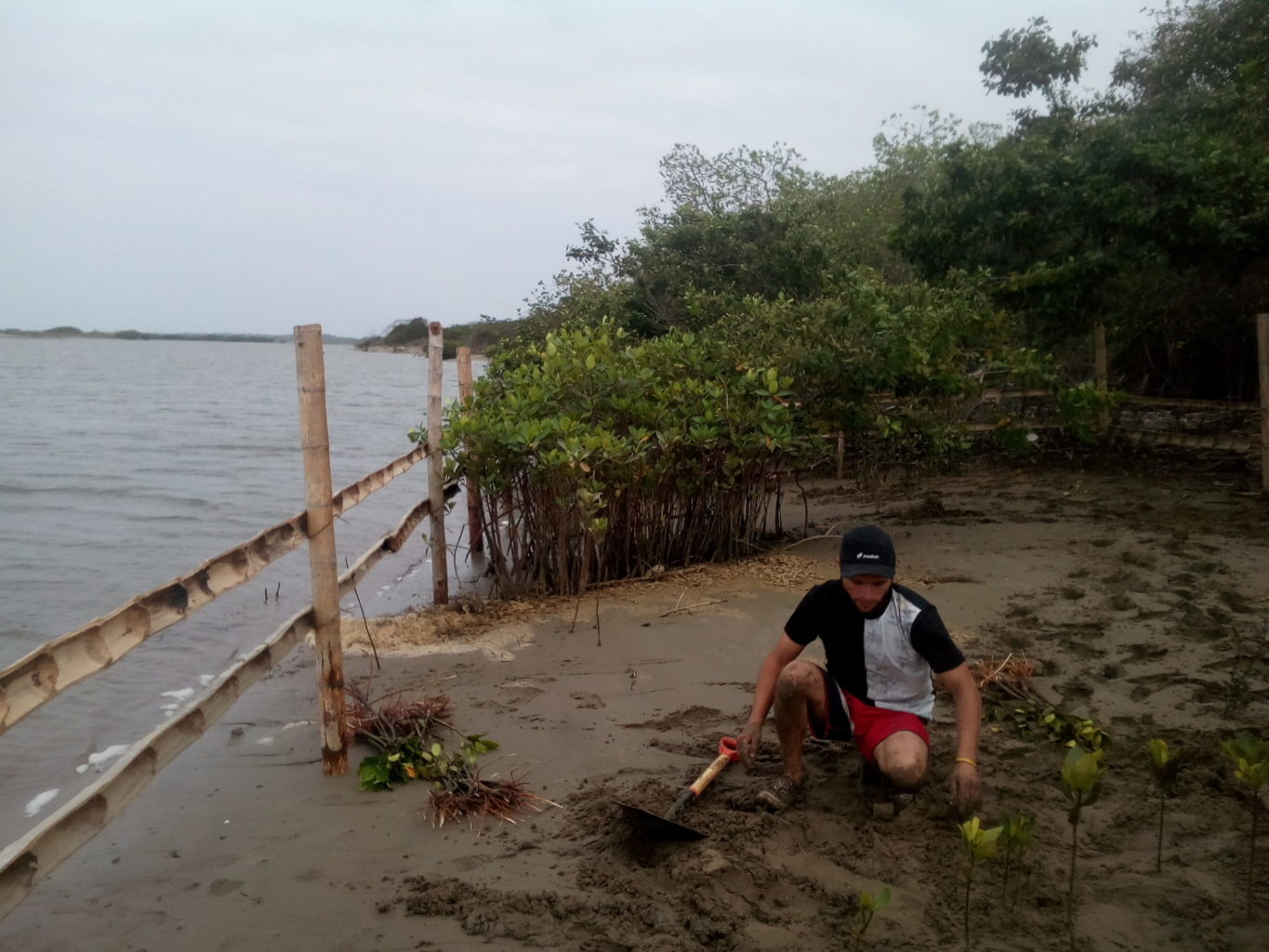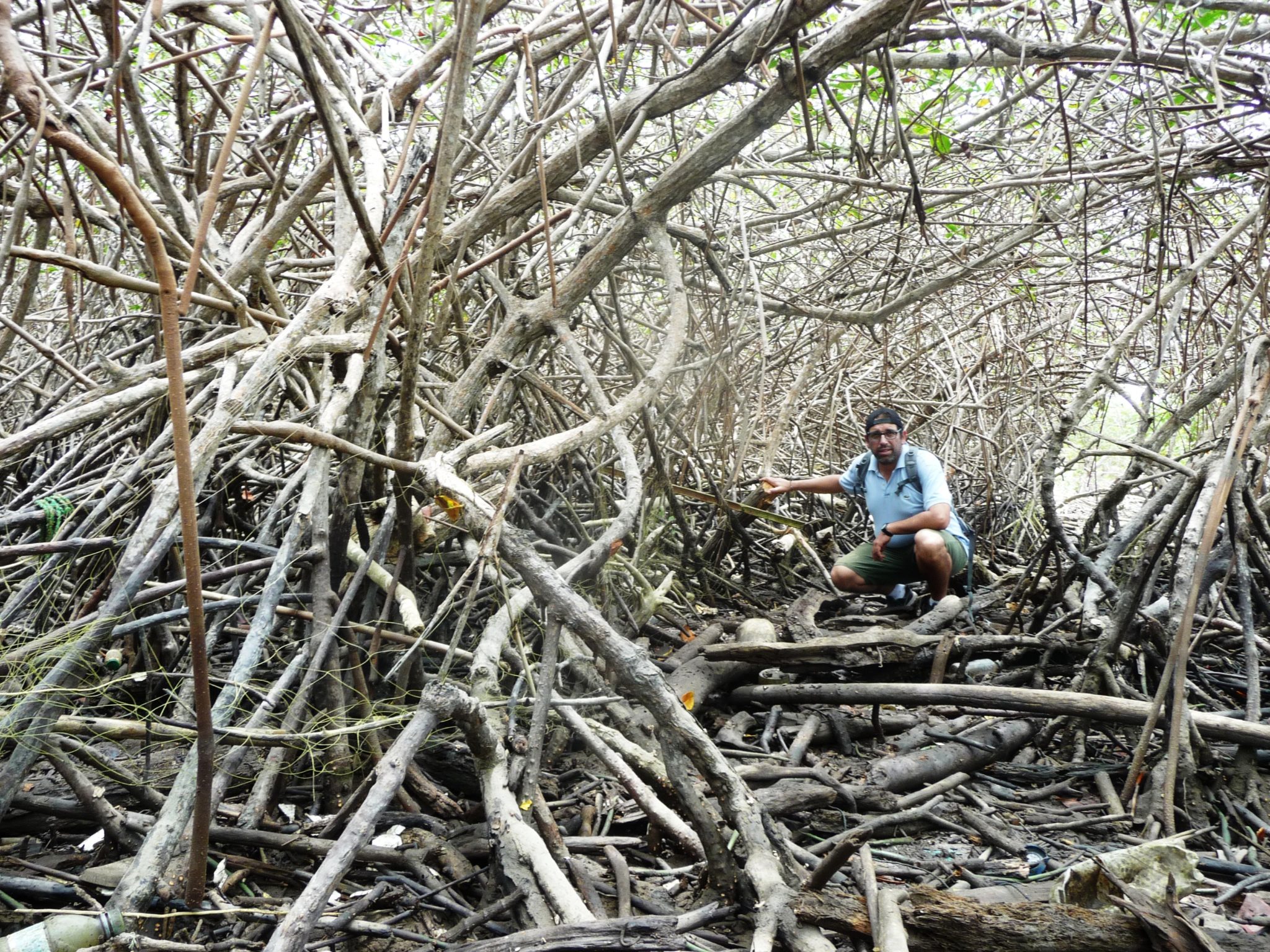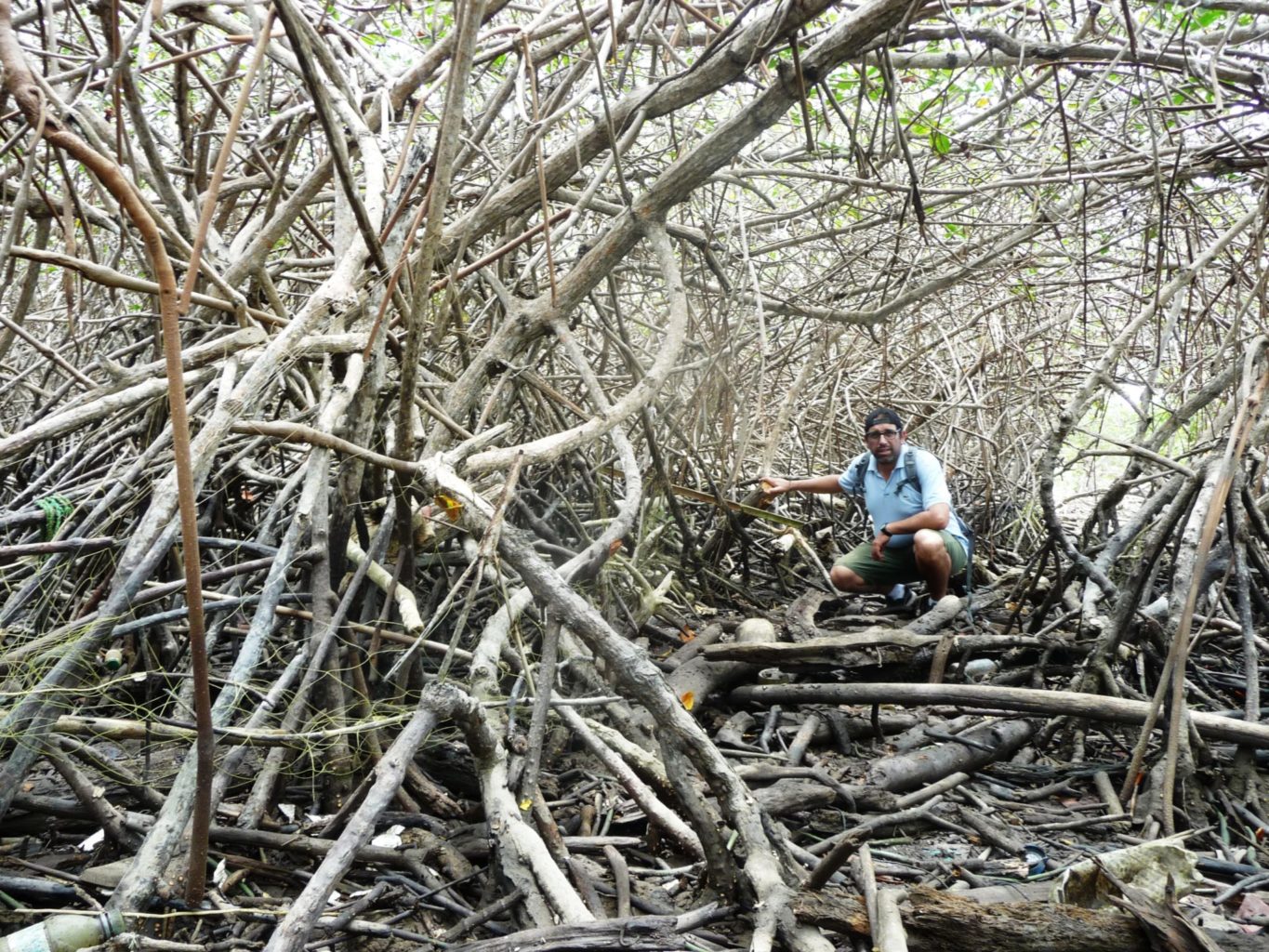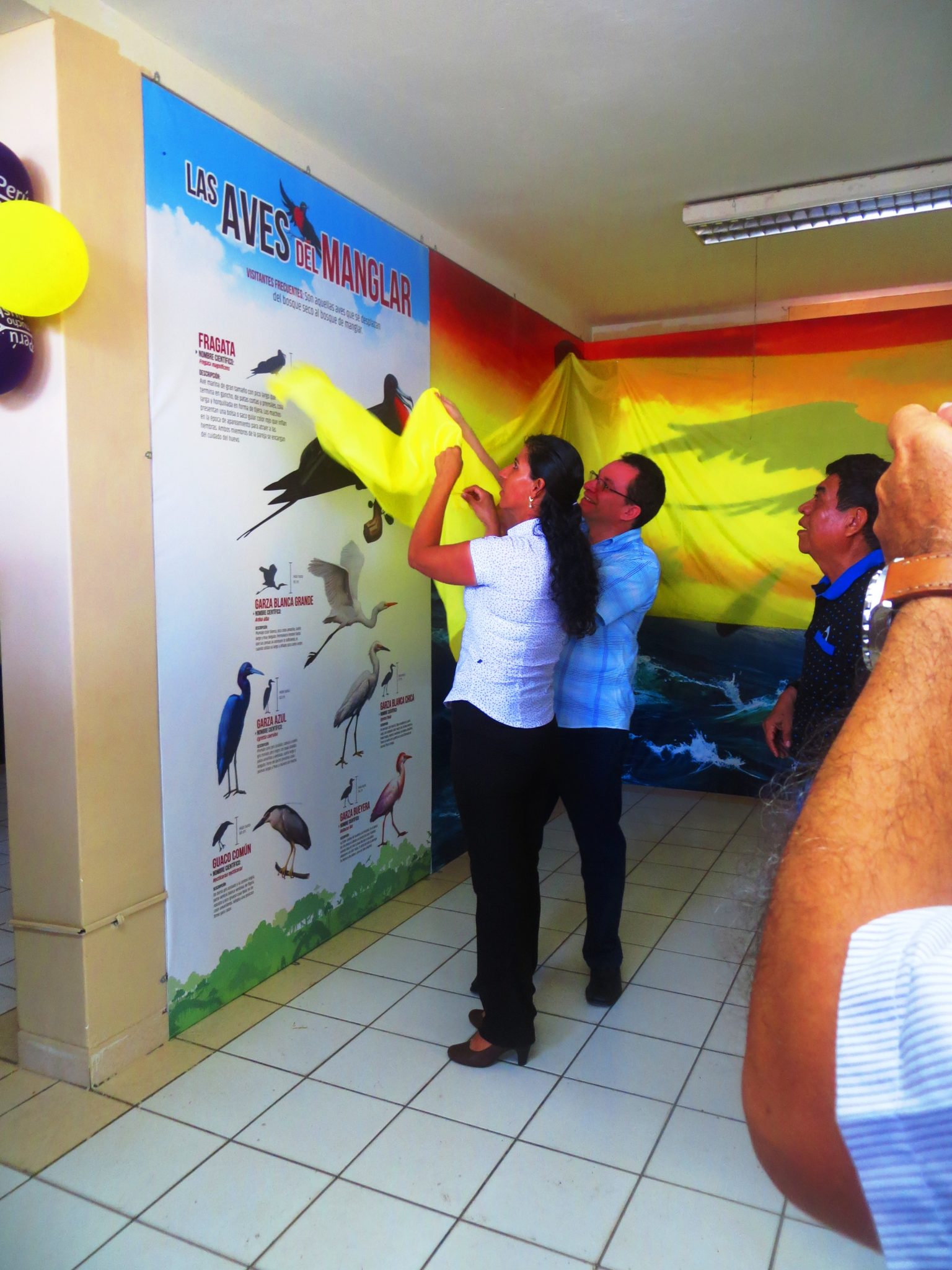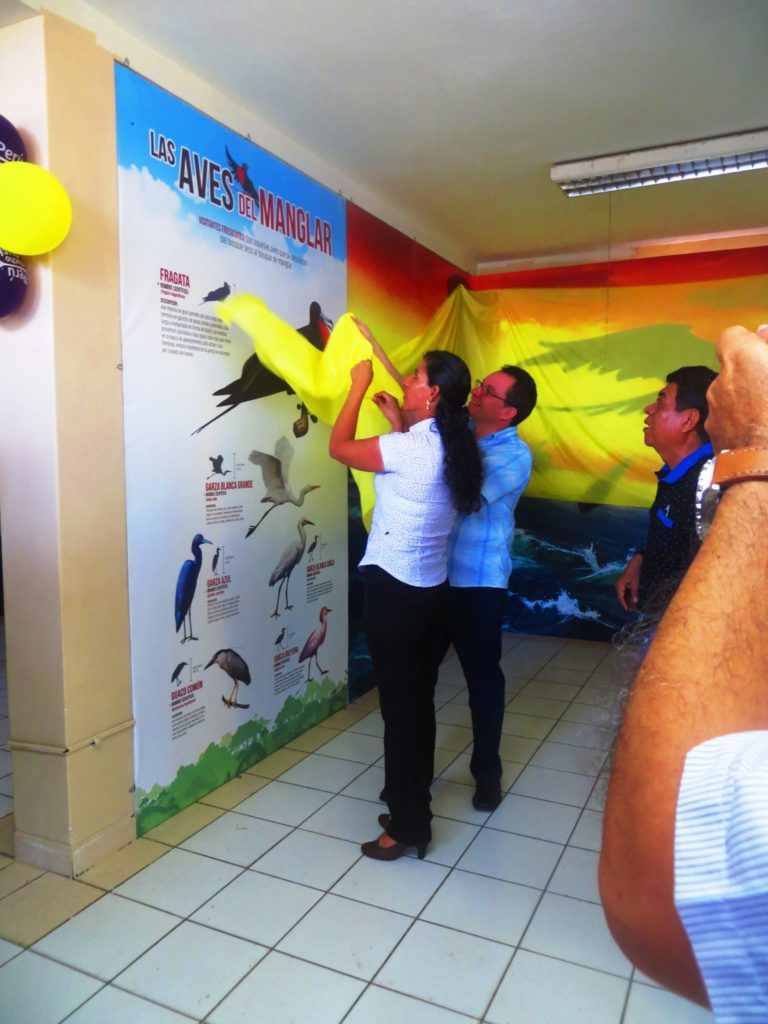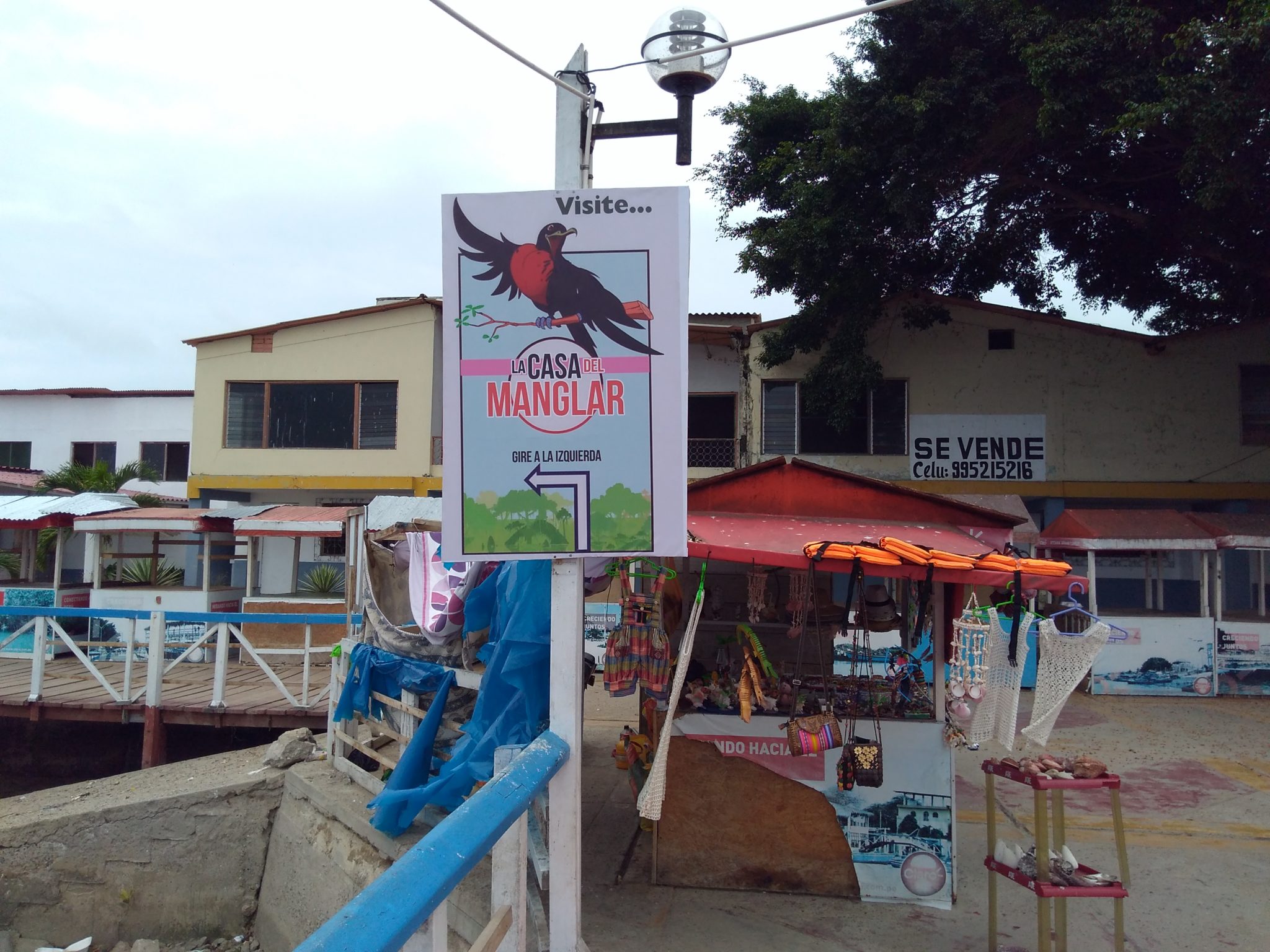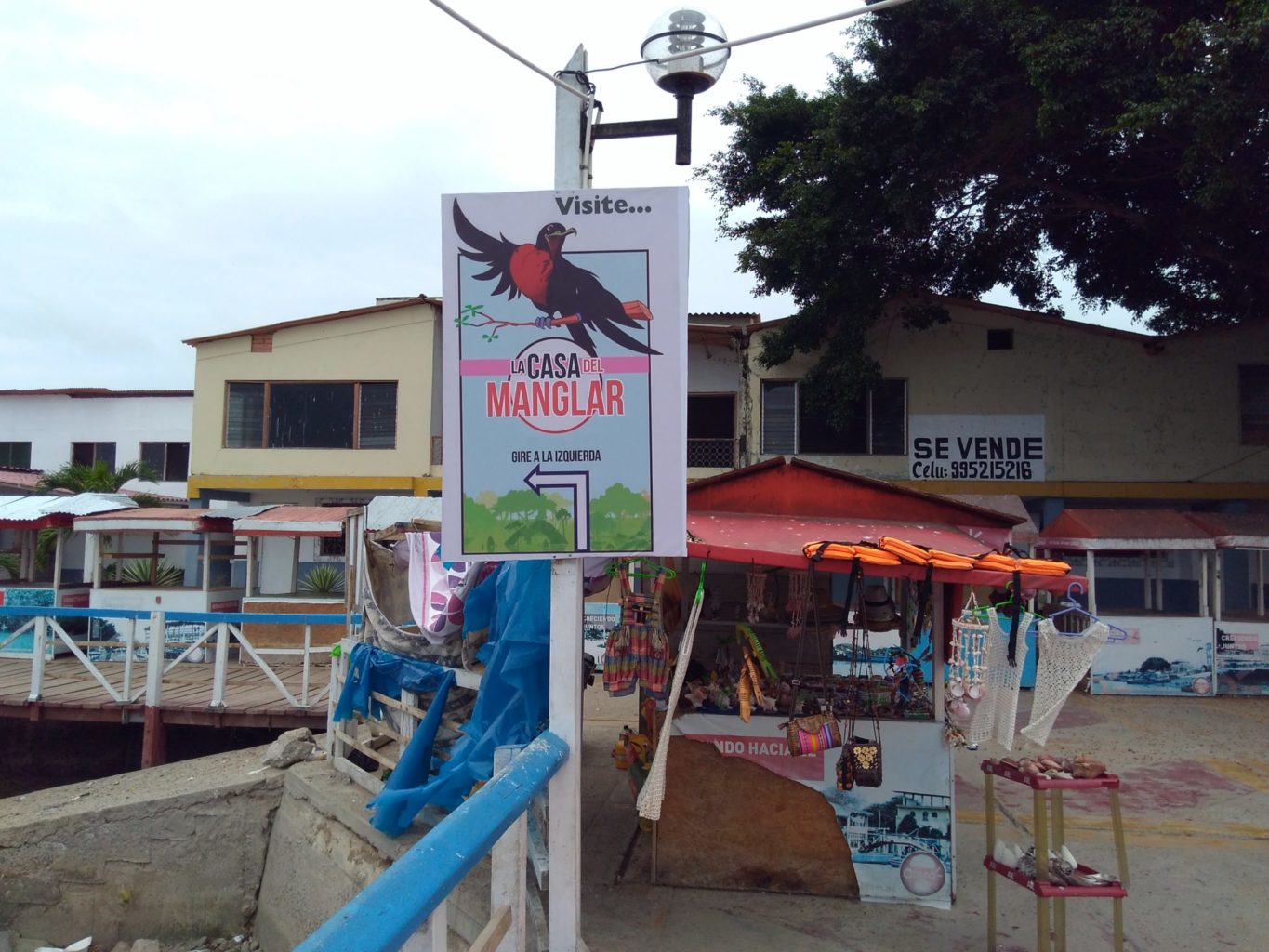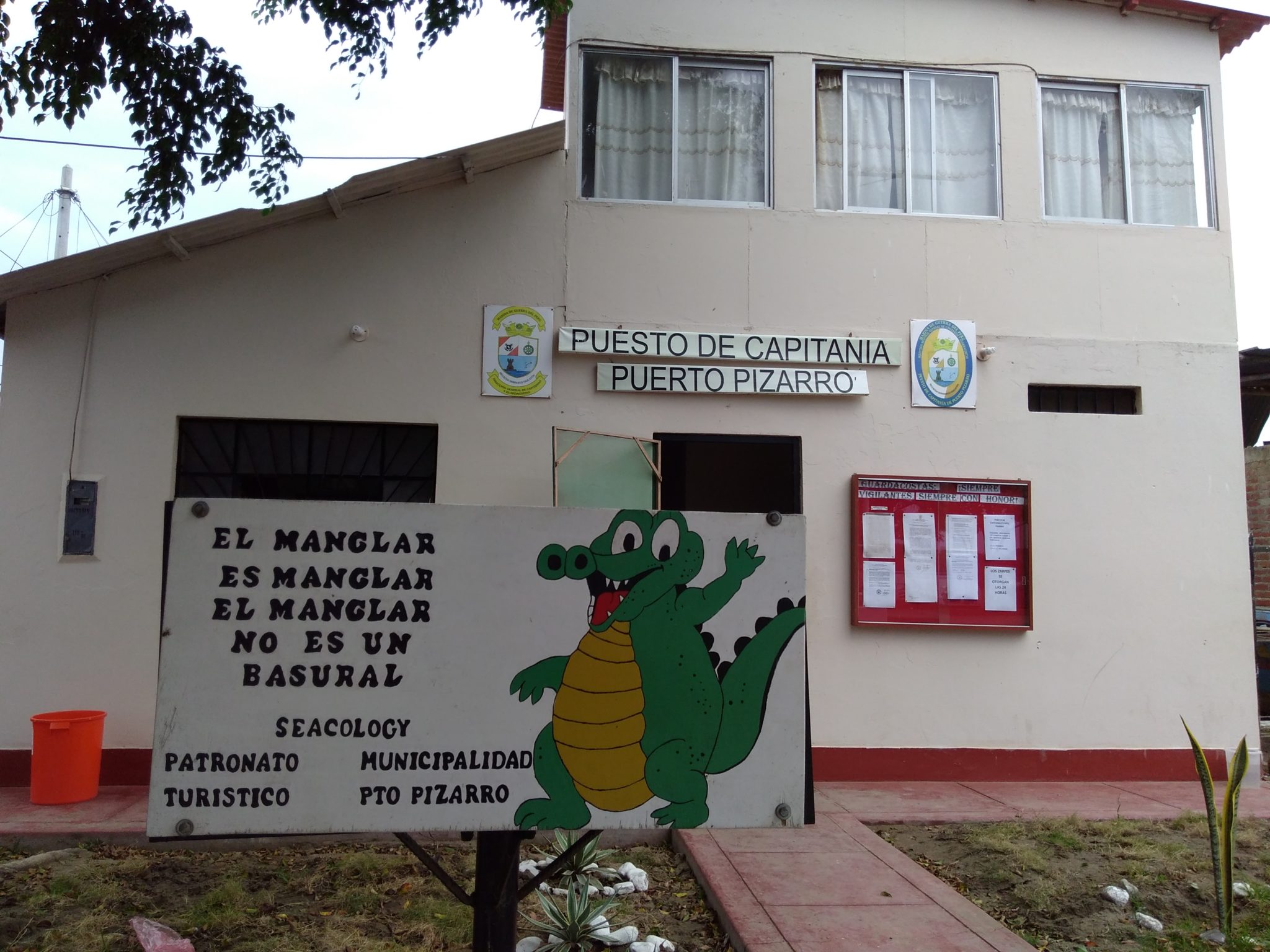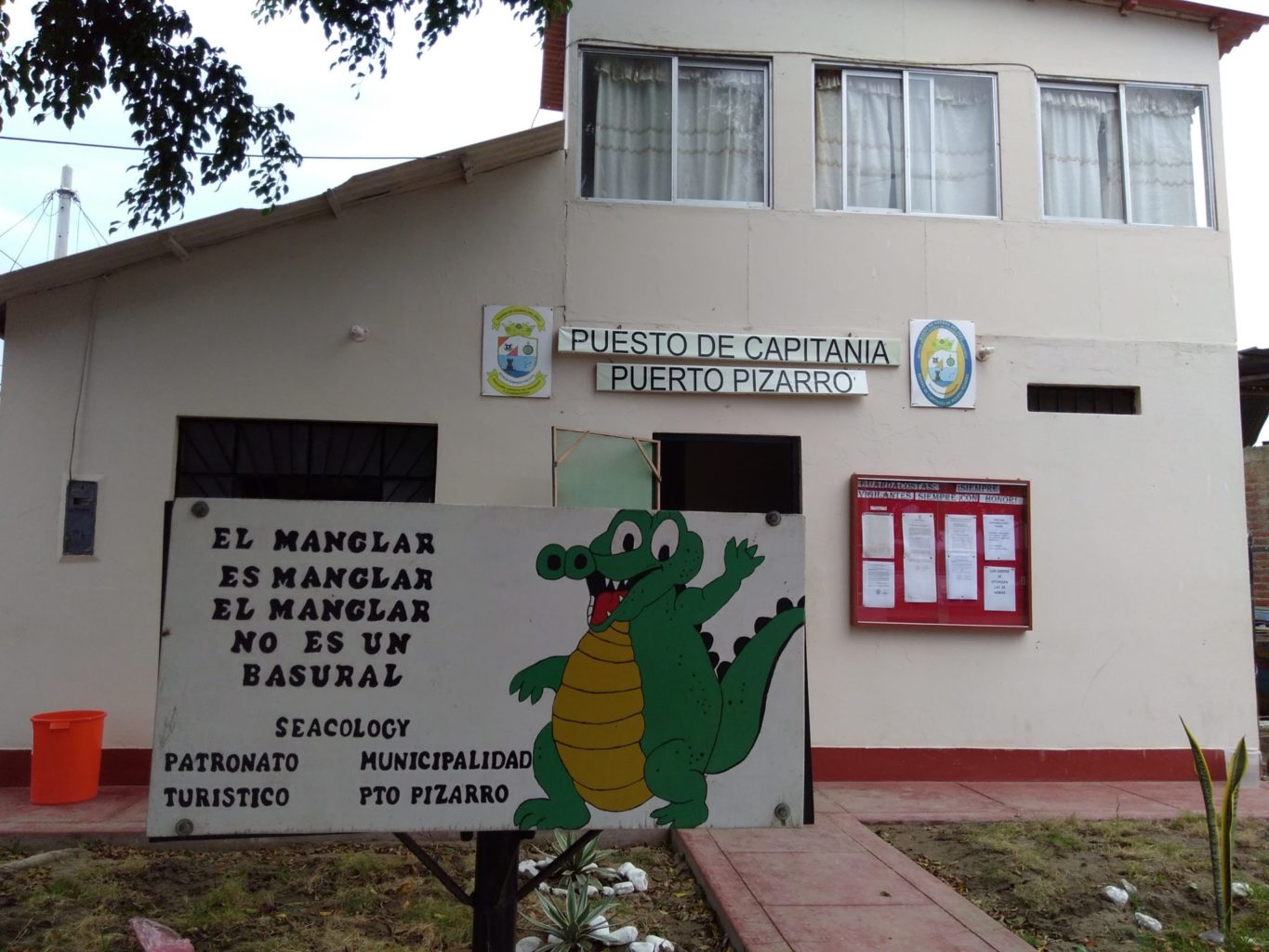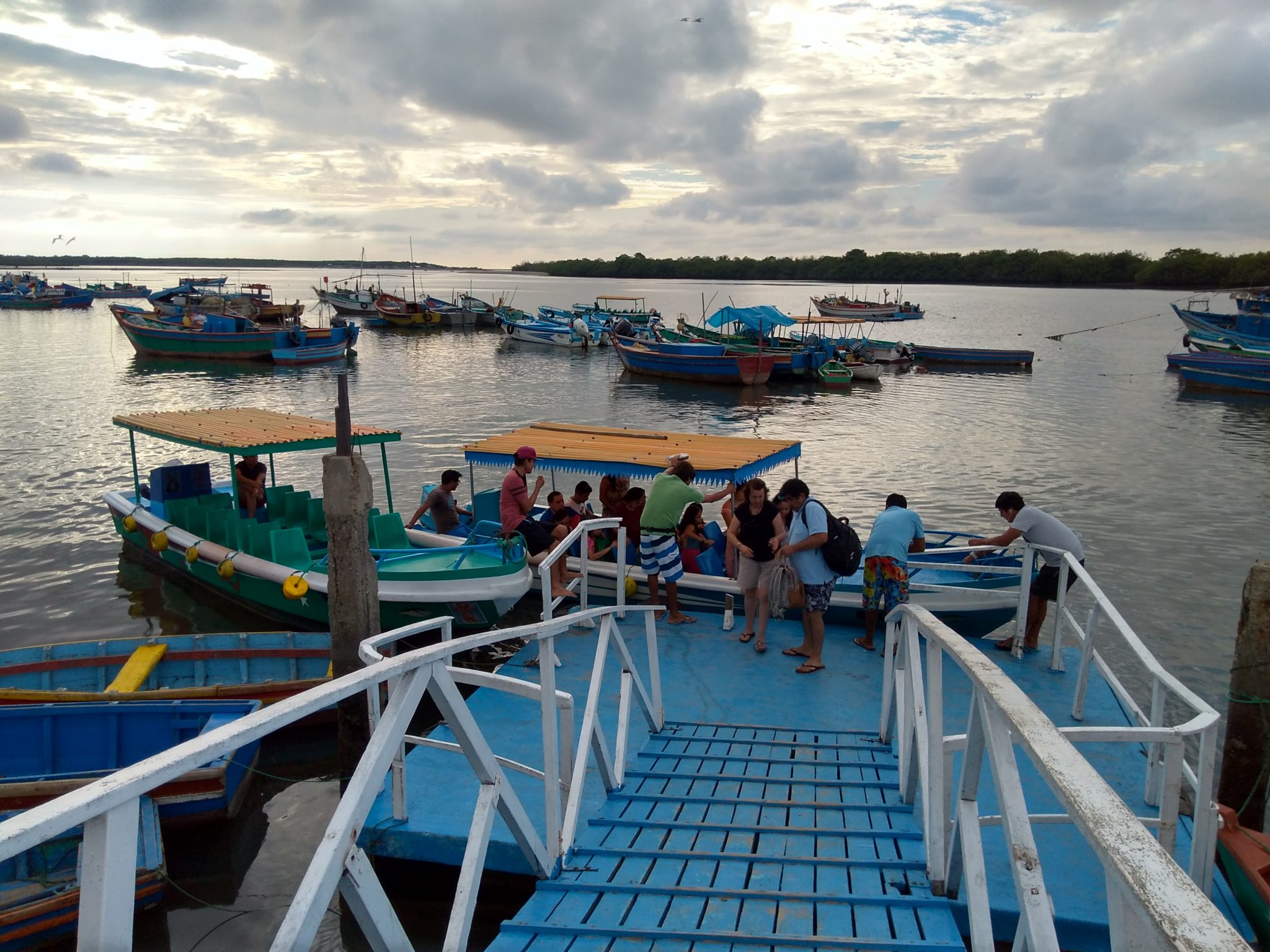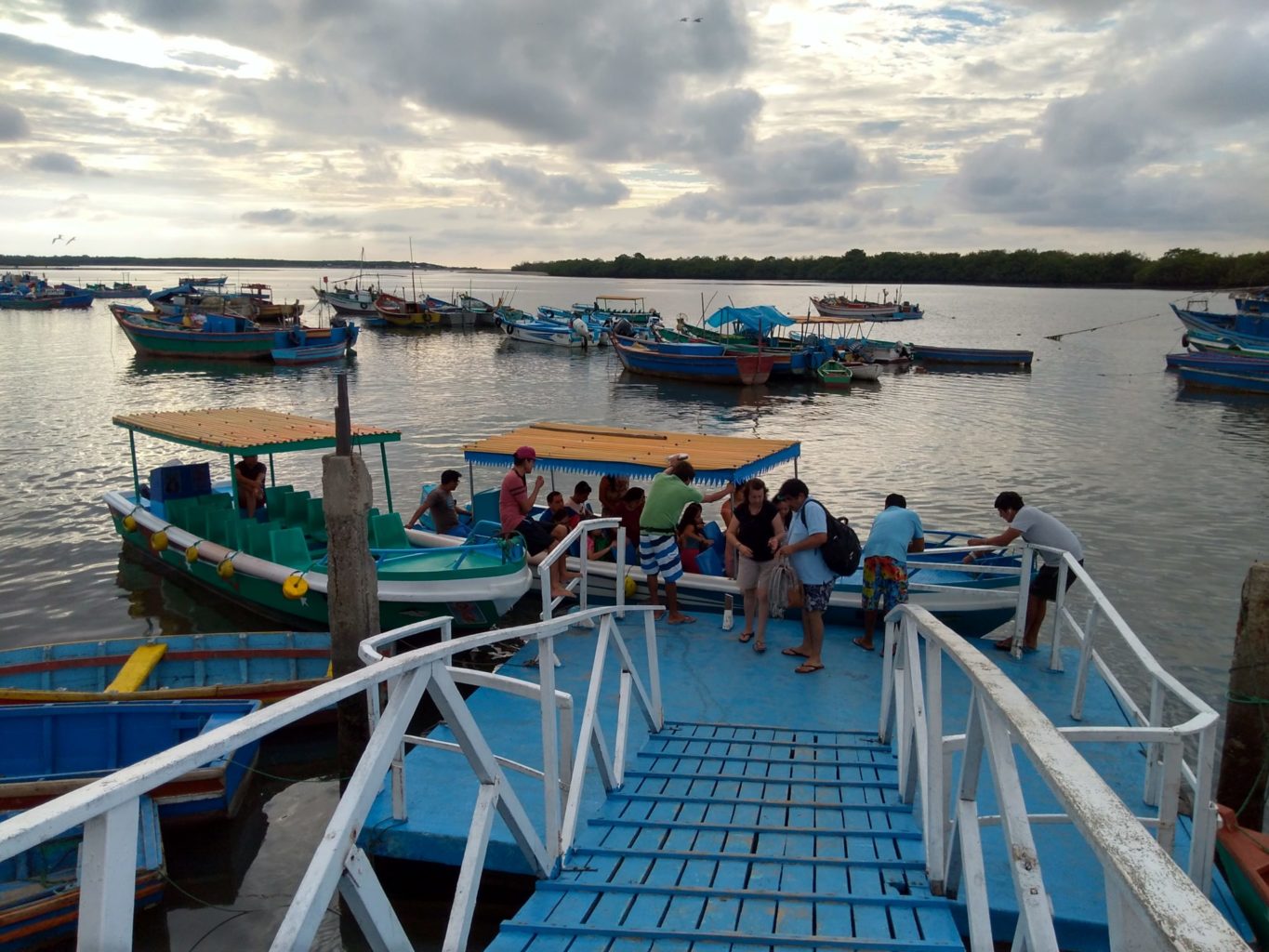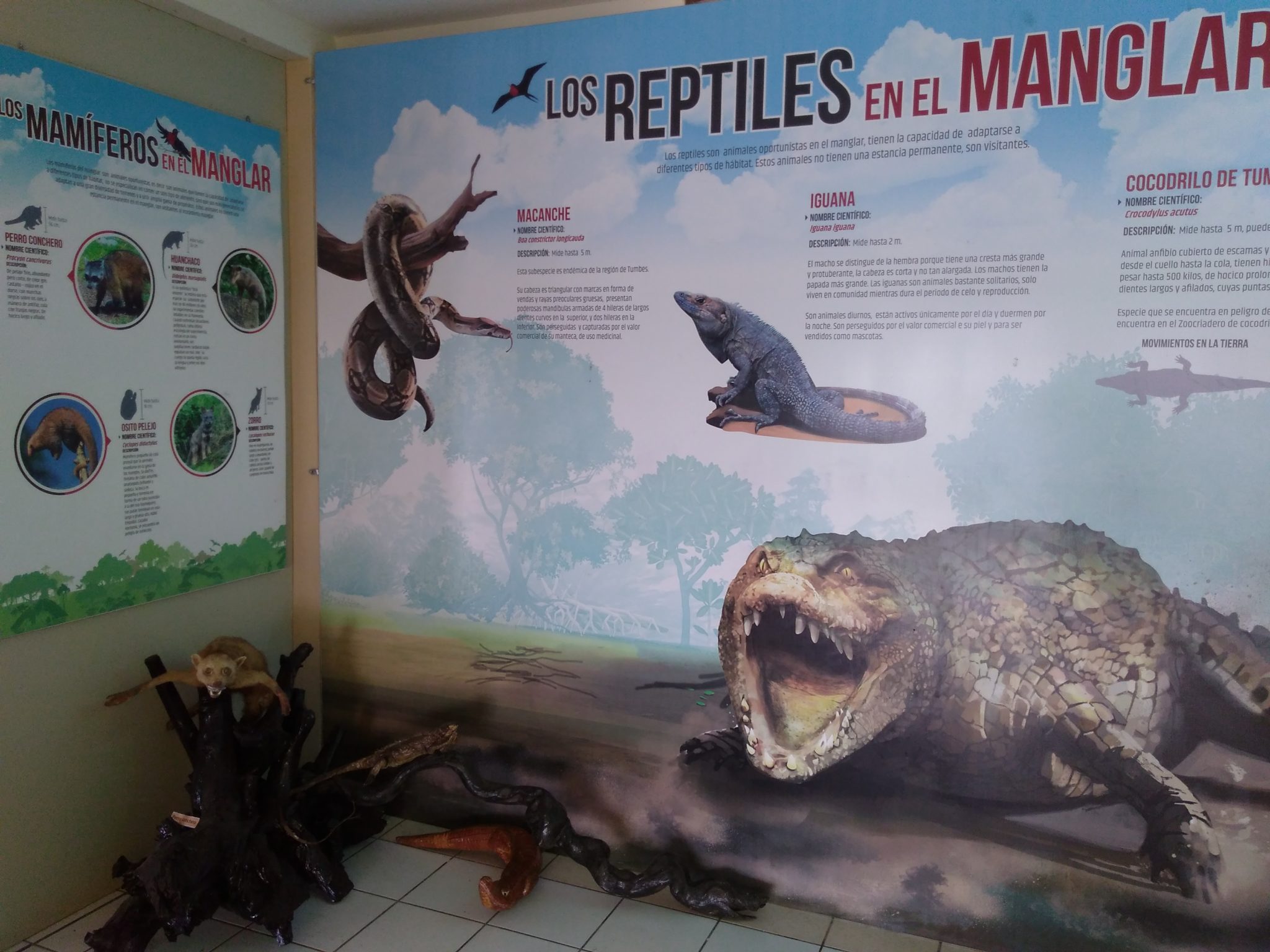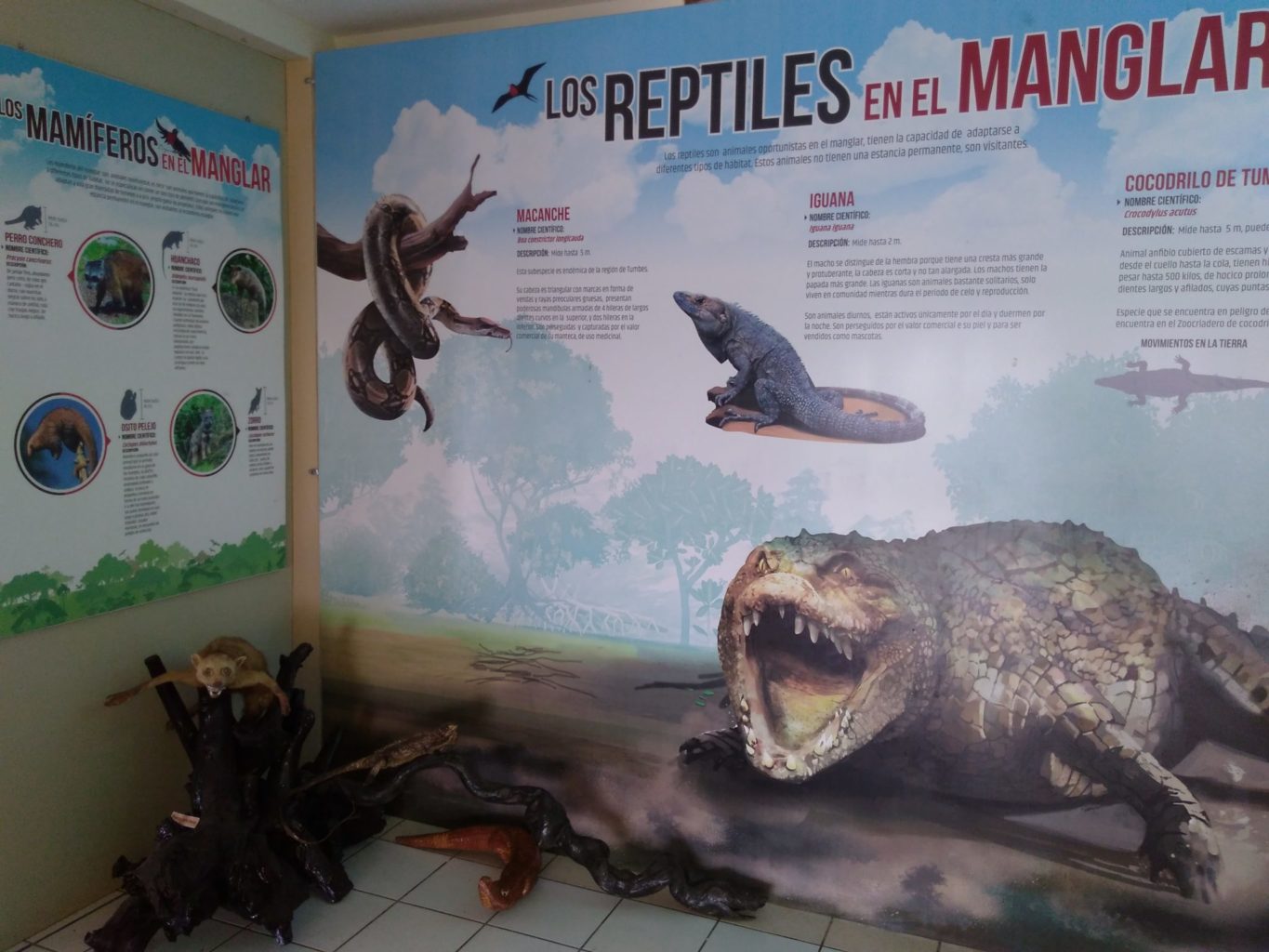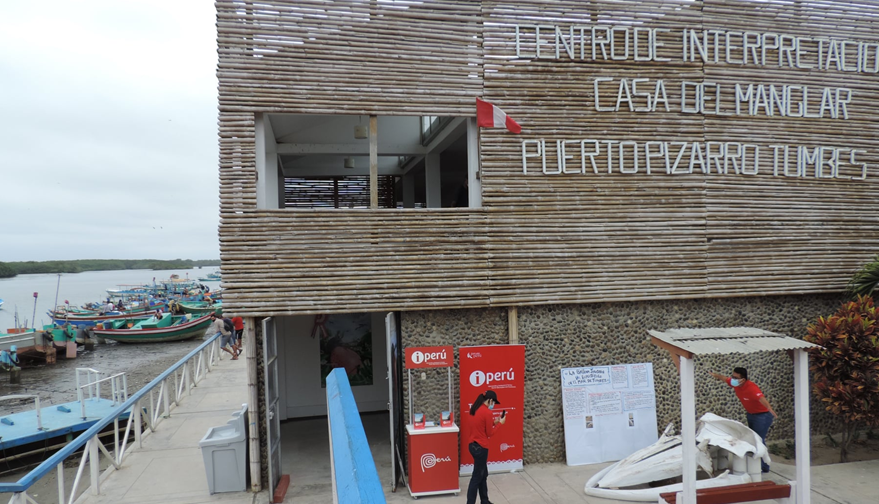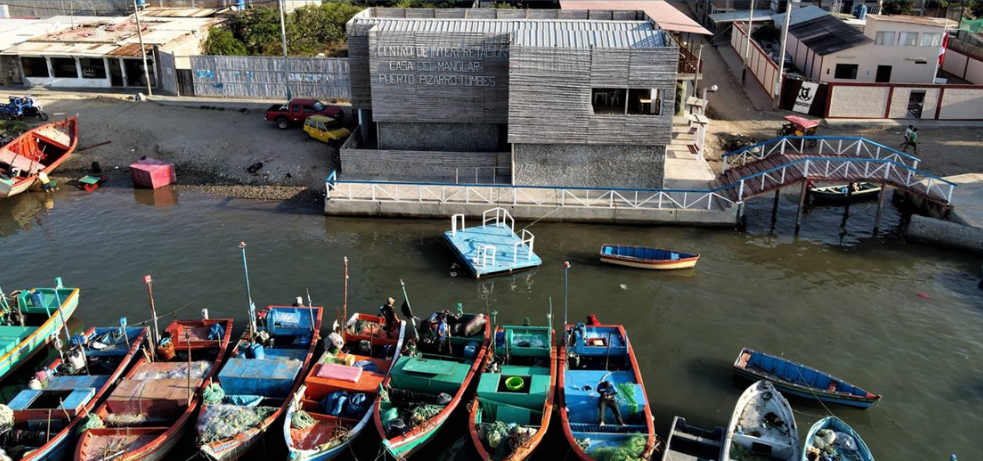The Tumbes River delta, just 200 miles below the equator, is thick with mangroves. More than 200 species of birds (19 of them endemic to the region) and more than 100 species of fish are found there. Olive ridley and green sea turtles ply the waters, trying to avoid the American crocodiles that also call the region home. There are unusual mammals, such as the silky anteater and the crab-eating raccoon. Prawns, crabs, and bivalves are abundant and varied.
The community of Puerto Pizarro wants to protect two small uninhabited islands just offshore, Whalebone Island (Isla Hueso de Ballena) and Love Island (Isla del Amor). It has formed a tourist board, which has authority to regulate use of the islands.
The organization will protect 1,235 acres of mangroves surrounding the islands for 15 years. The community will also plant native mangrove species in deforested areas on the islands. They will draw on the expertise of two people with extensive experience with recovery of degraded mangrove areas in the region.
The community will use a Seacology grant to improve the interpretive center and to build an interpretive trail and install signs on Love Island. It will also fund a garbage collection system to handle the trash left by more than 100,000 tourists each year. The tourist board, which collects money from entrance tickets, and the community will pay for ongoing operations.


